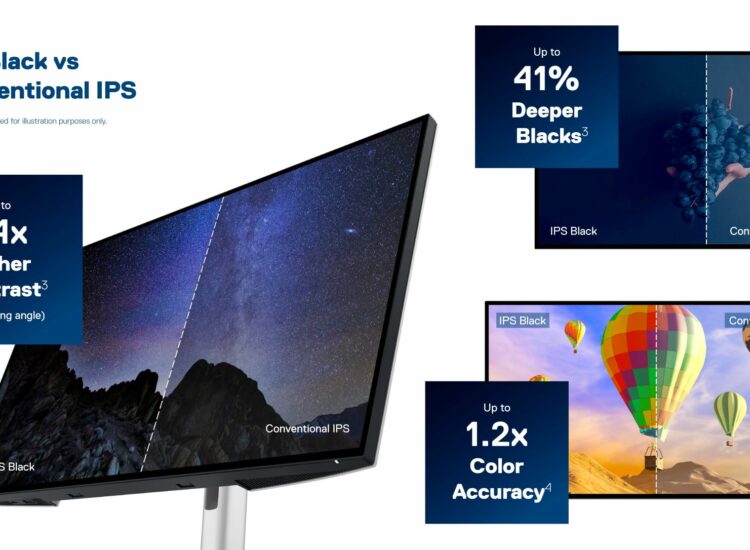For many retro gamers, the name “Star Trek” conjures up images of pixelated starships, text-based adventures, and the thrill of commanding the Enterprise in the comfort of their own homes. But beyond the nostalgia, these classic Star Trek computer games offer a unique window into the evolution of gaming, showcasing the ingenuity and creativity of early developers who pushed the boundaries of what was possible with limited technology. This article delves into the best Star Trek computer games, celebrating their impact and enduring legacy while guiding you through the challenges of enjoying these retro titles in the modern gaming landscape.
Toc
- 1. Boldly Going Where No Game Has Gone Before: The Golden Age of Star Trek Gaming
- 2. Commanding the Final Frontier: Space Sims and Strategy Games
- 3. Related articles 01:
- 4. Uncovering the Hidden Gems: Overlooked Star Trek Games
- 5. Preserving the Past: Overcoming Compatibility Challenges
- 6. Related articles 02:
- 7. Unlocking the Next Level: Expanding Gameplay Experiences
- 8. Conclusion: Boldly Going Forward by Embracing the Past
Boldly Going Where No Game Has Gone Before: The Golden Age of Star Trek Gaming
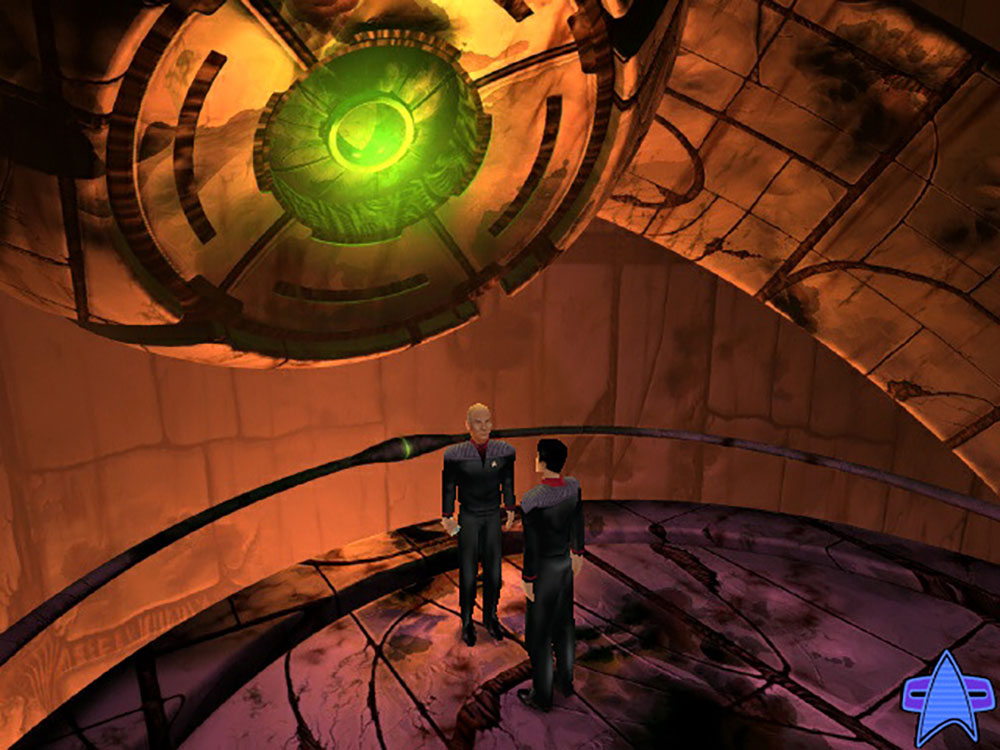
The 1980s and 1990s saw a surge of innovative Star Trek games that truly captured the spirit of the franchise. From text-based adventures to groundbreaking space sims, these games redefined what it meant to explore the galaxy. They provided players with an opportunity to step into the shoes of their favorite characters and experience the rich narratives and complex themes that the Star Trek series is known for.
One such classic is EGA Trek (1988), a testament to the ingenuity of early game developers. This text-based evolution of the original Star Trek game offered a detailed simulation of starship command and exploration, showcasing complex gameplay despite its primitive graphics. Players navigated through a universe filled with hostile Klingons and resource management challenges, making strategic decisions that impacted their journey. Even with its dated visuals, the game’s depth and strategic elements still captivate retro gamers today, requiring a bit of emulation work to run on modern systems.
Another genre that defined the golden age of Star Trek gaming was the point-and-click adventure. Star Trek: 25th Anniversary (1992) and Star Trek: Judgment Rites (1993) put players in the shoes of the iconic Enterprise crew, immersing them in engaging stories and interactive environments. These games featured memorable voice acting from the original series cast, which added a layer of authenticity and nostalgia. The engaging narratives and clever puzzles made these titles true classics, even if they require a bit of patience with their dated graphics. Judgment Rites, in particular, is a masterclass in the genre, with intricate puzzles and a truly compelling story that keeps players invested.
Key Features of the Golden Age Titles
- Narrative Depth: The stories were rich and often adapted from episodes of the original series, providing an authentic Star Trek experience. For example, Star Trek: 25th Anniversary faithfully recreated the events of the episode “The Trouble with Tribbles,” allowing players to experience the iconic story firsthand. Similarly, Star Trek: Judgment Rites adapted the events of the “The Next Generation” episode “The Best of Both Worlds,” offering a unique perspective on the Borg invasion. These adaptations allowed players to engage with familiar stories in new ways, enriching their understanding of the Star Trek universe.
- Character Interaction: Players could interact with beloved characters, making choices that influenced the storyline. While some critics argue that the narrative choices in the games were often limited and the overall storylines could feel somewhat simplistic compared to the nuanced narratives of the television series, these games still provided an immersive experience for fans.
- Innovative Gameplay Mechanics: The combination of strategy, puzzle-solving, and exploration set these games apart from their contemporaries. EGA Trek pioneered the use of text-based interfaces to create a complex starship simulation, requiring players to manage resources, navigate the galaxy, and engage in tactical combat. This unique approach to gameplay offered a level of depth and strategic complexity that was rarely seen in games of that era. Star Trek: 25th Anniversary introduced a point-and-click interface that allowed players to interact with the environment and characters, making for a more immersive and engaging experience. Although the games showcased innovative gameplay mechanics for their time, some argue that they were limited by the technology available, with the text-based interface and point-and-click nature feeling restrictive compared to the more fluid and interactive gameplay of modern games.
Commanding the Final Frontier: Space Sims and Strategy Games
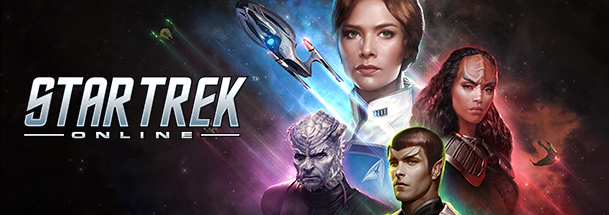
Beyond immersive storytelling, the best Star Trek computer games have also allowed players to command starships, engage in tactical battles, and explore the galaxy. These space sims and strategy games offer a blend of strategic thinking and action-packed gameplay, making them some of the most memorable entries in the franchise.
Star Trek: Starfleet Academy (1997)
Star Trek: Starfleet Academy (1997) is a standout title that allowed players to train at Starfleet Academy, learning the skills needed to command a starship. This game featured detailed ship customization options and immersive storylines, focusing on ship-to-ship combat. Players took on the role of cadets, completing various missions and facing off against formidable foes. The game’s combination of tactical space combat and character-driven narratives made it a beloved title among fans.
Star Trek: Klingon Academy (2000)
Star Trek: Klingon Academy (2000) is another unique entry in the Star Trek gaming universe that allowed players to experience the galaxy from the perspective of the Klingon Empire. This game featured a similar focus on ship-to-ship combat and customization, offering a different perspective on the Star Trek universe. Players could engage in epic space battles, utilizing the strengths and weaknesses of various Klingon ships. The game’s narrative depth and character development added layers of complexity, making it a must-play for any fan of the franchise.
1. https://shoptonytoy.vn/archive/1424/
2. https://shoptonytoy.vn/archive/1400/
3. https://shoptonytoy.vn/archive/1449/
Star Trek: Starfleet Command Series (1999-2002)
The Starfleet Command series, with its roots in the Star Fleet Battles tabletop game, is another shining example of the strategic depth that Star Trek games can offer. Star Trek: Starfleet Command III is a testament to the enduring legacy of the series, providing hours of rewarding tactical combat and ship customization. Players could command various factions, engage in strategic battles, and customize their starships, which added to the replayability of the series. While the tactical combat in these games offered a level of strategic depth, some players found it to be overly simplistic compared to modern space combat games, with the focus on ship-to-ship battles feeling repetitive and limiting.
Key Features of Space Sims and Strategy Titles
- Tactical Combat: Players engage in ship-to-ship battles that require strategic thinking and planning. Starfleet Command III, for instance, featured a complex combat system that allowed players to utilize various ship systems, weapons, and tactics to gain an advantage. Players could choose from a wide array of starships, each with unique strengths and weaknesses, adding depth to the tactical decision-making process. The game also incorporated elements like hull breaches and shield depletion, making combat more dynamic and challenging.
- Customization Options: The ability to customize starships enhances the gameplay experience and allows for personal expression. Players could fine-tune their vessels, equipping them with the latest technology and weaponry to gain an edge in the battles to come.
- Immersive Storylines: These games often feature rich narratives that draw players into the Star Trek universe. From training at Starfleet Academy to leading Klingon forces, the stories in these titles provide a sense of purpose and investment beyond the tactical combat.
Uncovering the Hidden Gems: Overlooked Star Trek Games
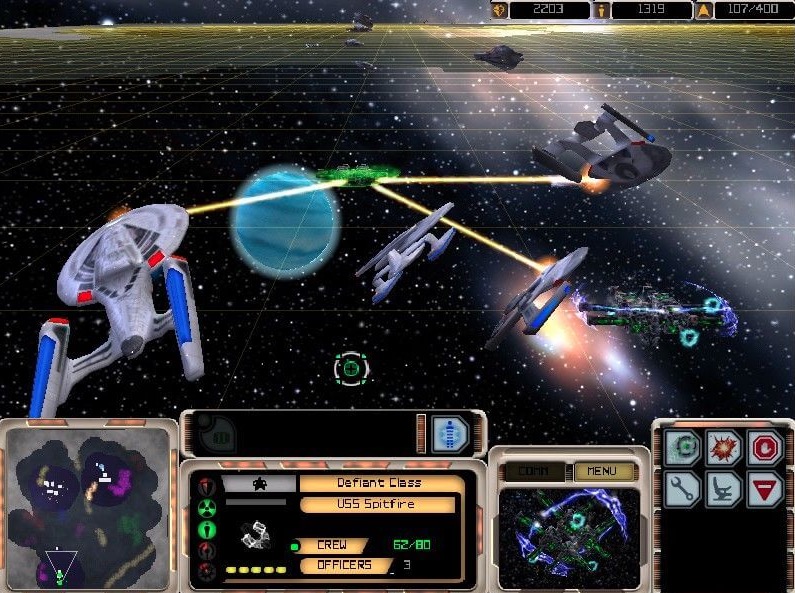
While the classics are well-loved, there are also some hidden gems that deserve a second look. These games may not be as widely known, but they offer unique gameplay experiences and a glimpse into the vastness of the Star Trek universe.
Star Trek: The Next Generation – A Final Unity (1995)
One such gem is Star Trek: The Next Generation – A Final Unity (1995), a well-crafted point-and-click adventure that explores new and unexplored corners of the galaxy. Featuring the familiar voices of the Next Generation cast, this game provides a captivating story for fans of the series, making it a hidden treasure worth rediscovering. The game is notable for its puzzles that require critical thinking and its engaging narrative that allows players to explore the philosophical themes present in Star Trek.
Star Trek: Generations (1997)
Another unexpected delight is Star Trek: Generations (1997), a Doom-inspired first-person shooter that showcases the versatility of the Star Trek franchise. While the game’s dated graphics and challenging Doom-style gameplay may not appeal to everyone, it’s an interesting example of how the IP can be adapted to different genres, offering a unique and action-packed experience. Players navigate through various environments, engaging in combat and uncovering secrets that tie into the broader Star Trek lore.
Key Features of Hidden Gems
- Unique Gameplay Mechanics: These titles often experiment with gameplay styles that differ from traditional Star Trek games, providing fresh and unexpected experiences for players.
- Rich Storytelling: Despite being lesser-known, these games often feature compelling narratives that resonate with fans, offering new perspectives on the Star Trek universe.
- Cultural References: Many of these games include nods to the broader Star Trek universe, enriching the experience for dedicated fans and providing a deeper connection to the franchise.
Preserving the Past: Overcoming Compatibility Challenges

One of the key challenges in enjoying these classic Star Trek computer games is overcoming compatibility issues. As technology has advanced, many of these titles have become increasingly difficult to run on modern systems. However, there are dedicated communities and resources that have worked tirelessly to ensure these games can still be played.
GOG-com and Abandonware Sites
Platforms like GOG.com and various abandonware sites have made it easier to access and play these retro gems, often providing tweaks and compatibility layers to ensure smooth performance. GOG.com, in particular, specializes in DRM-free games and often includes updated versions of classic titles that are optimized for modern operating systems.
Emulation Tools and Virtual Machines
Additionally, emulation tools and virtual machine software have become powerful enough to faithfully recreate the original gaming experience, allowing players to enjoy these classics without the hassle of outdated hardware. Programs like DOSBox can emulate older operating systems, enabling players to run classic DOS games seamlessly on modern PCs.
Community Resources
For those willing to put in a little extra effort, the rewards of experiencing the best Star Trek computer games can be truly immersive. Online forums and communities are invaluable resources for troubleshooting and finding solutions to compatibility issues. Websites dedicated to retro gaming often have extensive guides and user-generated content that can help players navigate the complexities of running these classic titles.
1. https://shoptonytoy.vn/archive/1424/
2. https://shoptonytoy.vn/archive/1401/
3. https://shoptonytoy.vn/archive/1400/
Unlocking the Next Level: Expanding Gameplay Experiences
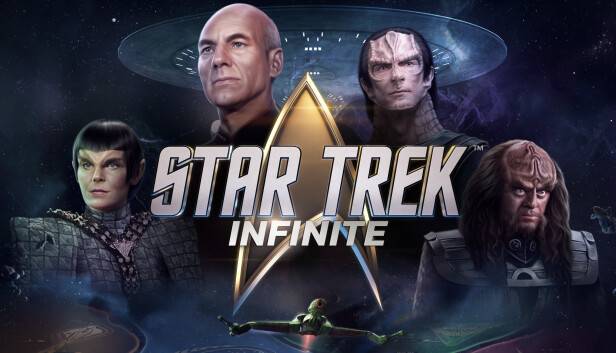
While the classic Star Trek computer games from the 80s and 90s hold a special place in the hearts of many retro gamers, the franchise has also seen a resurgence in modern gaming. The release of titles like Star Trek: Bridge Crew (2017) has introduced new ways for fans to experience the Star Trek universe.
Star Trek: Bridge Crew (2017)
Bridge Crew takes the concept of command and crew cooperation to a new level, allowing players to assume the roles of various bridge officers on a starship. This VR-enabled game emphasizes teamwork, as each player must work together to complete missions and navigate the challenges of deep space. The ability to truly feel like you’re part of the bridge crew, communicating with your shipmates and making critical decisions, is a level of immersion that earlier games could only dream of.
Star Trek Fleet Command (2018)
The versatility of the Star Trek IP has also led to the development of mobile games like Star Trek Fleet Command (2018), which puts players in charge of their own space station and starfleet. This free-to-play strategy game allows fans to explore the galaxy, forge alliances, and engage in tactical space battles, all from the palm of their hand. Fleet Command has garnered a significant player base due to its engaging gameplay and regular updates that introduce new content and features. The game’s success demonstrates the growing popularity of mobile gaming and its ability to reach a wider audience.
Conclusion: Boldly Going Forward by Embracing the Past
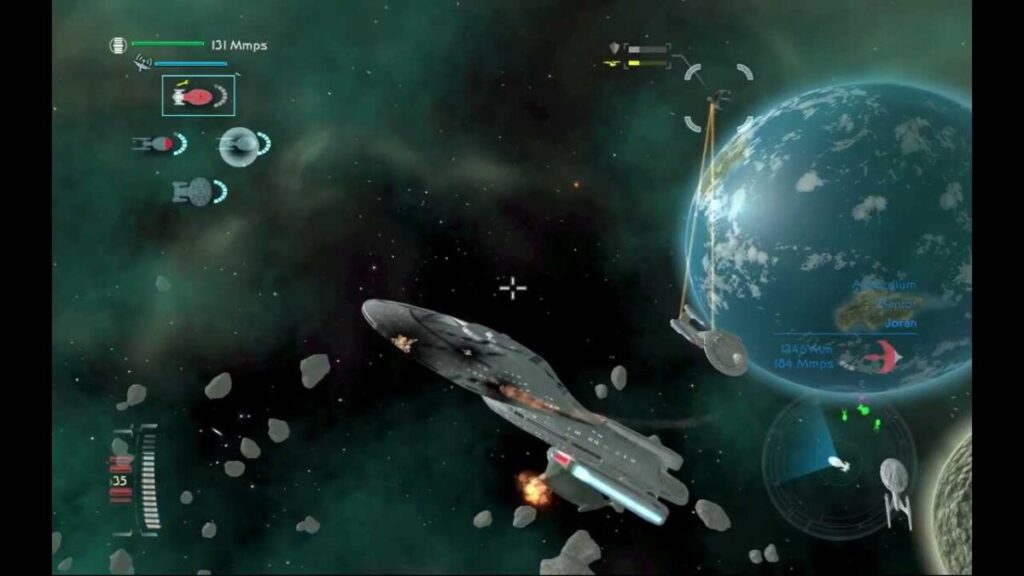
These classic Star Trek computer games offer a nostalgic journey back to the golden age of gaming. From immersive adventures to strategic space battles, they provide a unique and captivating experience that continues to appeal to fans today. Whether you’re a seasoned retro gamer or a new fan of the franchise, these games are sure to transport you to the final frontier.
The recent trend of remakes and remasters has brought renewed attention to classic games, and it’s possible that some of the best Star Trek computer games from the 80s and 90s could see a resurgence in popularity with updated graphics, gameplay mechanics, and features. This would allow new players to experience these timeless classics, while also offering veteran fans a fresh perspective on beloved titles.
So, warp factor back to the past and rediscover the magic of these timeless classics! You might even discover a hidden gem or two that will expand your love for the Star Trek universe in ways you never imagined.


